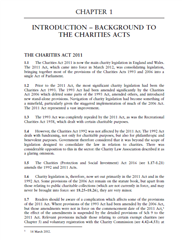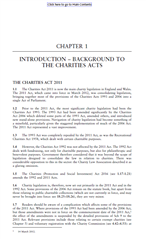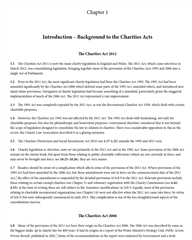Has anyone processed XPP jobs into an epub where the epub output needs to very closely match the formatting of the XPP? Some headers and spacing/line breaks in the epub don't match the division and colors are applied.
The xpp2epub_DEMO.pl tool creates epub2 output, can this be set to produce epub3 output?
Left is the XPP division, Right is the epub2 output...
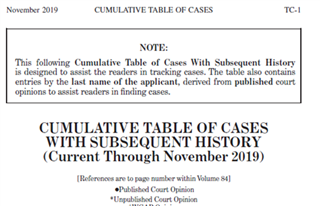
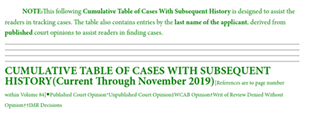
Generated Image Alt-Text
[edited by: Trados AI at 5:16 AM (GMT 0) on 5 Mar 2024]


 Translate
Translate

